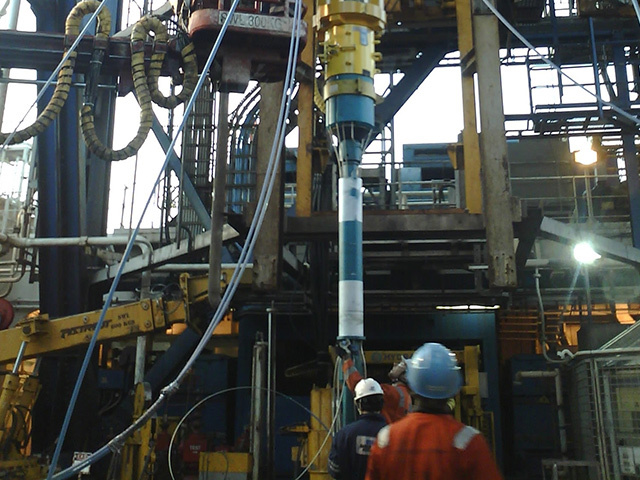
Oil producers in the US are about to see their credit lines shrink, just when they need the money most.
The latest round of twice-yearly reevaluations is under way, and almost 80% of oil and natural gas producers will see a reduction in the maximum amount they can borrow, according to a survey by Haynes and Boone LLP, a law firm with offices in Houston, New York and other cities. Companies’ credit lines will be cut by an average of 39%, the survey showed.
“There’s going to be a reduction to the majority of these credit lines,” said Neal Dingmann, an analyst at SunTrust Robinson Humphrey Inc. “It’ll make a lot of these companies reduce a bit more on spending.”
In many cases, banks have first claim on assets in a bankruptcy, and the size of a loan is tied to how much an oil producer’s acreage is worth. To reduce their risk, lenders reduce credit lines when prices fall. That’s helped keep loans backed by oil and gas properties some of the safest bets around, even amid the worst oil crash in almost 30 years.
Reserves, Price
At bottom, the math is pretty simple. The amount banks are willing to lend is based on two things: the size of a company’s reserves, and the price of crude. Multiply the number of barrels by the price, and that’s the value of a company’s oil prospects.
In practice, it’s not that easy. Counting barrels trapped thousands of feet below the ground is by nature an uncertain business. And prices are always moving. Crude has declined 51% in New York over the past year, and slipped 4.1% Wednesday to $44.48 a barrel.
To protect themselves, banks underestimate both reserves and prices. First, they attribute very little value to wells that haven’t been drilled yet, unlike equity investors who see undeveloped properties as growth potential. Banks also don’t lend against every barrel credited to producing wells. And lastly, they assume oil will sell for less than market prices.
During the boom, credit lines went up along with prices. With the oil and gas assets securing the loans, banks were able to extend low-interest credit to junk-rated companies that consistently spent more money than they made. The frenzied pace of drilling fueled the expansion of reserves, meaning more collateral for even bigger loans.
Lower Prices
Now the situation is reversed. Lenders are using $48 a barrel to value assets in the third quarter, down from $77 at the end of last year, according to a quarterly bank survey from Macquarie Group Ltd. And reserve growth has slowed because companies are spending less on drilling. The redetermination, which takes place around April and October, comes as investor appetite for energy company debt is fading.
Whiting Petroleum Corp. may see the maximum amount it can charge on its credit line lowered to $3.75billion from $4.5billion, James Volker, the Denver-based company’s president and chief executive officer, said in a Sept. 9 presentation.
The banks also have regulators looking over their shoulders to make sure they’re not taking undue risks. The Office of the Comptroller of the Currency, which oversees 1,620 financial institutions, has been examining oil lending standards since April as part of its annual review into shared loans. Banks received the results in mid-June, and a report is scheduled to be released as early as this month.
Large Repayment
Producers that defaulted on their debt from 1995 to 2012 still repaid every cent of their $1.27billion in reserves- backed loans, according to a 2013 report from Standard & Poor’s.
The biggest risk is to borrowers that have already tapped their credit lines. If the borrowing base is cut to less than it already owes, the company will find itself abruptly facing a large repayment.
“The banks always have a second way out,” said Tom Watters, head of S&P’s U.S. energy team. “The first way is to get paid back. The second way is to have the collateral.”
Recommended for you
